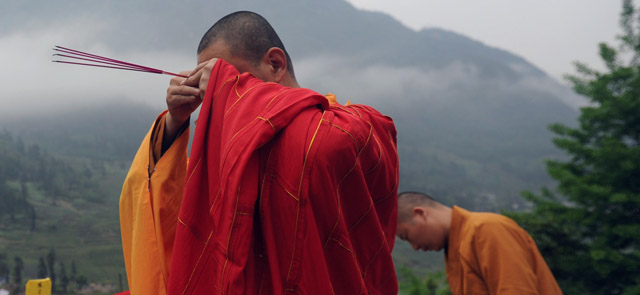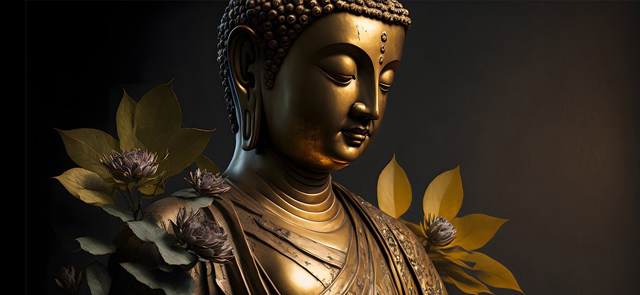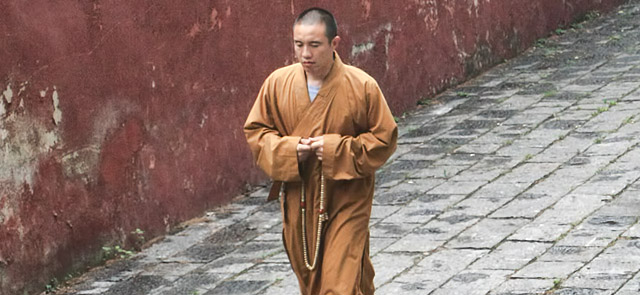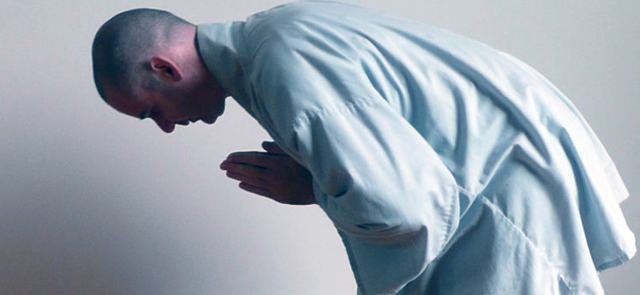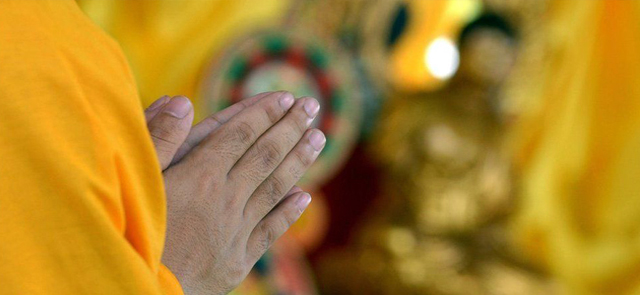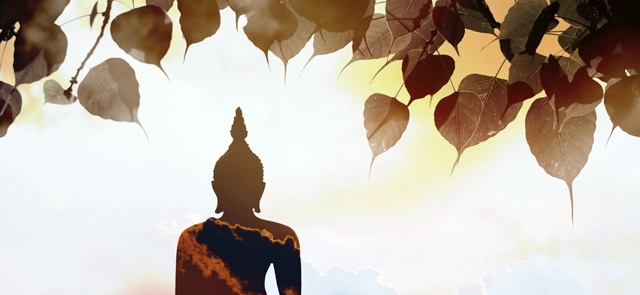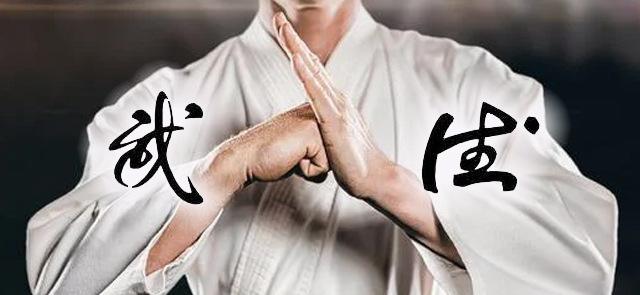Shaolin temple was built in 495 A.D, under emperor’s Yuan Hong - known to the west as Xiao Wen- mandate, for the Great Buddhist Monk of the west, called Ba Tuo. Thus, Shaolin culture was created, which due to the devotee monks, has a history of 1500 years. Shaolin Temple, started its function as a Buddhist Monastery but today it is both, a holly Buddhist Temple, as well as a Unique martial arts University. Nowadays many people have misapprehended the role of Shaolin, which result the misunderstanding of Shaolin culture, heritage and forefathers teachings.
Through out the years, many people had accomplished to enter the Temple, but not all of them realized what Shaolin is. Finally, it seems that not all the people understand the teachings and of course less of them follow the teachings.
The Master appears when the student is ready.
只有当徒弟准备好时,师父才会来。
释延卓
Shi Yan Zhuo
In that point, it is appropriate to introduce the difference between teacher – student and Master - Disciple. As mentioned, many people entered the Temple, many had been taught Shaolin arts and almost all of them became exceptional martial artists. But less became devotee disciples and knowledgeable of what we call Shaolin Heritage.
Simply, a great big number of “students” had been trained in Shaolin but only few were taught Shaolin and became “disciples”. As well, there are many teachers who can show “Shaolin” but only very few Masters who can teach the “Shaolin” essence.
The one who enters the Temple, and start his training, has the opportunity to become a student or a disciple. A student, despite of what he learns, he does not necessarily understand the essence of the teachings or follows the teachings. He might become an exceptional fighter and martial artist, but that’s all he can do or wants to do. It doesn’t matter if he is training for years, if he ascends the degrees, or even if he is ordained. Any title is illusionary. Even if he is under the guidance of a Real Master, he is unable to realize it and he only sees a simple teacher, whose teachings leave him untouched. This one only trained and he can become a teacher but not a Real Master.
The only true master is your Own-Self.
The only true disciple is the self who can perfectly reflect the brilliance of this master.
This is self mastery.
Master Shi Yan Zhuo
唯一真正的师父就是你自己。
唯一真正的徒弟,是那个能完全反映出他师父才智的人。
这就是自我主宰。
释延卓
On the other hand, a disciple is a student too. The difference is that a disciple is more devoted to his Master and his teachings and he tries more to penetrate in the essence of the Path. The Master and the disciple have a closer and more tied relationship. The disciple follows his Master faithfully. By this way the disciple understands the teachings and tries to apply them in his/her life.
One Master can have more than one disciples and more than one students (some of the students might decide to follow him), but it is not necessary all of them to finally understand and succeed their own cultivation. The Path of a Real Master is too hard to walk.
It is the same as with the Path of Shaolin Teachings, many can call themselves Shaolin Monks or students, but few are real Shaolin Disciples. The same as with Buddhist Teachings, there are so many Buddhists but only few who really follow the Way of Dharma.
This chain of Masters and Disciples has kept alive the history of the Shaolin Buddhist Temple. By this way, Masters find the land to sow the seeds of knowledge hoping that some day the seeds will blossom. By this way the knowledge is being transmitted for more than fifteen centuries. There are so many luminary examples, as Bodhidharma and Hui Ko, both where devotee disciples who followed their Master until they became Masters too.
“I was always following with faith my Master steps, until one day I lost him.
I felt despair and thought I was lost, but not.
Instead of following my Master’s steps I followed his teachings.
And thus I found my steps, and walk again according to my Master’s steps, along with my Master”.
Master Shi Yan Zhuo
The relationship between master and disciple is based on three principles:
1. The disciple's devotion to a master,
2. The Teaching that the master inculcates in the disciple
3. The master's attention to the disciple.
1. Every person "wants to find a perfect human being with whom he may become harmonized in action, speech and thought. That is, all human beings, whether they know it or not, have their sights set on human perfection, desiring to find a teacher - who may guide them towards it.
In seeking the way to perfection, a person may encounter a master and accept him with heart and soul as a guide and teacher. When one finds such a master, One devotes oneself to him in order to win his attention.
Devotion to a master can be compared to the crying of a baby for its mother's milk. When a baby cries out of hunger, its mother's milk is instinctively produced in the breast, which the mother places in the baby's mouth to suckle. The situation of the disciple with respect to a master is similar, where in expressing devotion, the disciple naturally attracts the master's attention, so that the master may feed him the milk of spiritual cognitions and realities and quench his thirst in the quest for Reality.
Devotion to a master also serves to draw the disciple from self-love to love of another; and self-love is a great obstacle to the perception of Reality.
2. The following points must be made about the Dharma that a master inculcates in a disciple:
First, through Dharma, the disciple's attention gradually becomes directed away from consciousness of self to consciousness of Lord Buddha, turning him away from self-worship and attention of the self.
Second, Dharma helps to establish the spiritual relationship and bond with the master, enabling the disciple to generate and strengthen devotion to the master.
Third, through Dharma, the disciple draws the inward attention of the master and attracts the master's supportive aspiration.
Fourth, through the link of Dharma, the disciple eventually becomes one with the master, establishing a unity between them.
3. The master's spiritual attention is the foundation of the Path. As noted above, the disciple's devotion and persistence in Dharma serves to draw the attention of the master, which, in turn, brings Buddha's favor to the disciple.
If the attention of a perfect master does not accompany the Dharma when it is being inculcated, the Dharma will bear no fruit. The master's attention in the Dharma is so important that any word accompanied by the master's attention while being inculcated in the disciple will in fact be effective in purifying the disciple — even if such a word is not a name of Buddha.
Sharing Story
A disciple spent some years with his master. After that he came to take leave from the master. He bowed to the master 3 times and said,’ should I leave, sir?”
“Do stay here if you can, there is lot to be learnt yet.” The Master replied
The disciple stayed following the advice of the master.
After some years, this disciple came to the master and said, “Sir, I am leaving.”
Saying these words he bowed to the Master 3 times and left the monastery. The fellow disciples were surprised at this behavior. They said to the master, “how rude this monk is. He has not sought your permission.”
“He need not take permission now, nor does he need to bow to me since he has become one (master) now,” replied the master.
When the disciple blossoms, it is difficult to distinguish the master from the disciple.
Master Shi Yan Zhuo
当徒弟醒悟时,师父和徒弟是很难区分的。
释延卓
